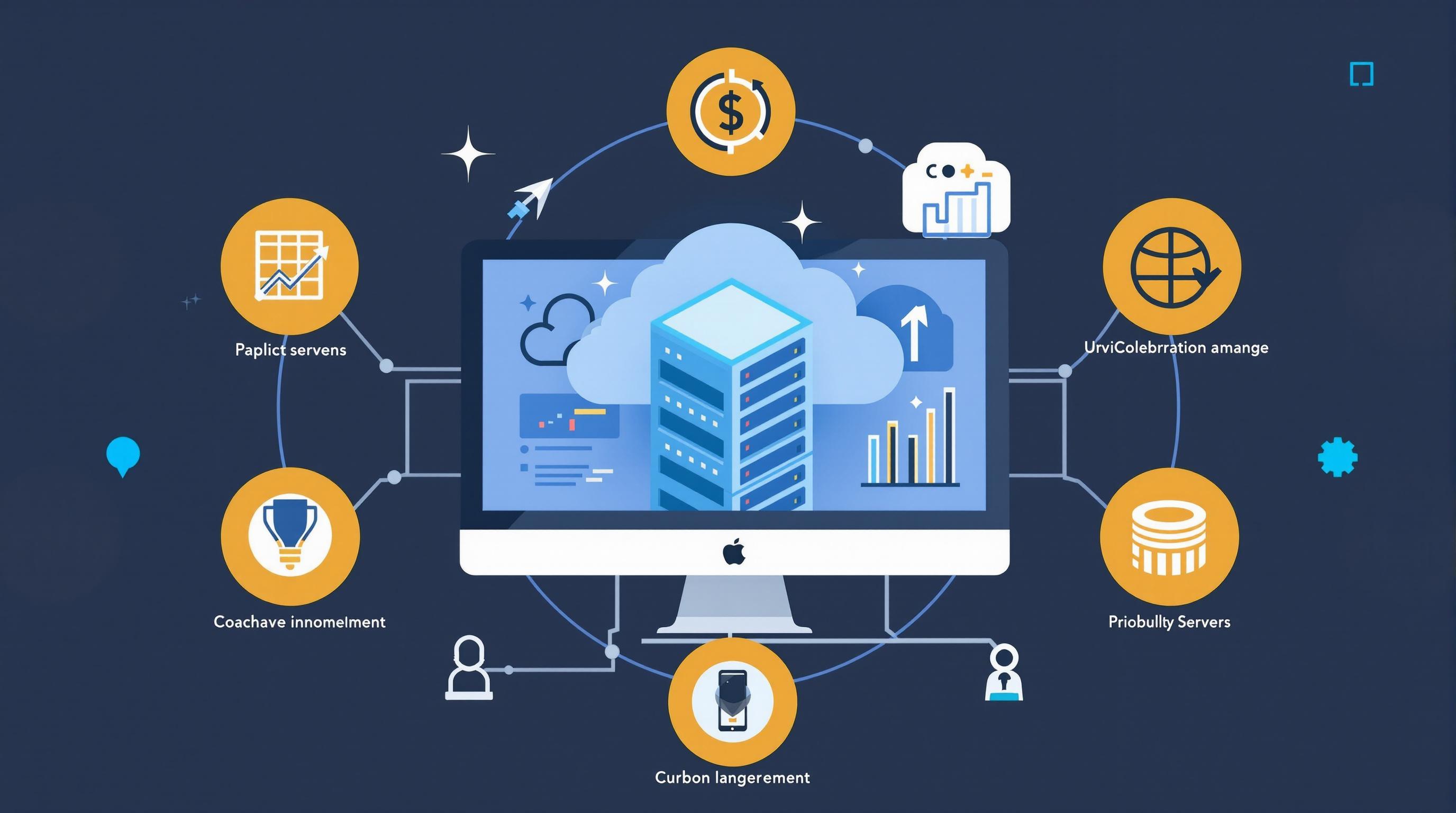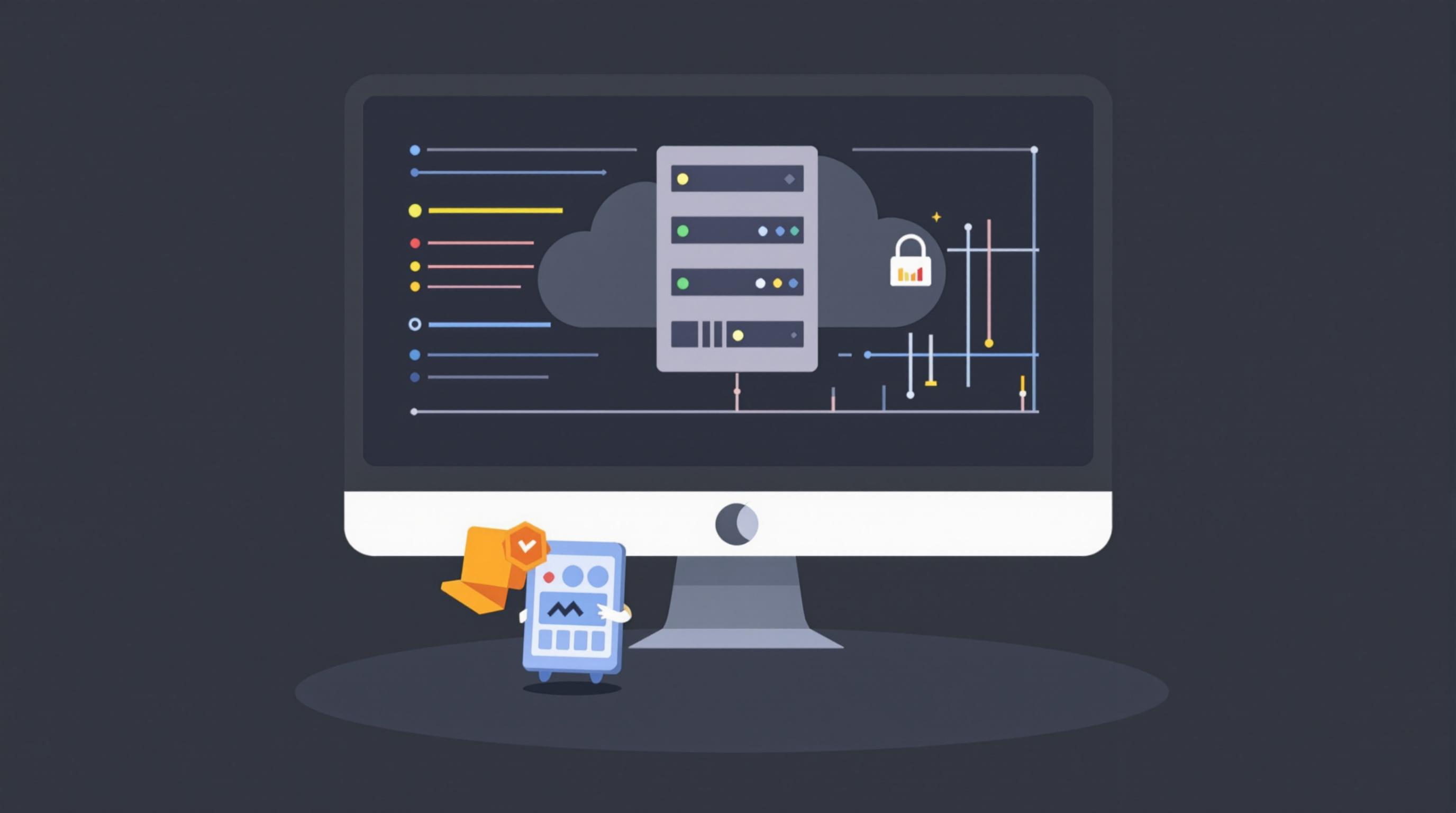Related Articles
- Uncharted Realms: Unveiling Serverless’ Role in Revitalizing Local Economies and Microbusiness Ecosystems
- Unearthing Surprising Synergies: How Serverless Solutions are Reinventing Events and Experiential Marketing Strategies
- Serverless Beyond the Cloud: Unpacking Its Role in Wildfire Management and Ecological Restoration Efforts
- Harnessing Digital Detox: Unplugging to Unleash Creative Energy and Ignite Workplace Performance
- The Surprising Role of Aroma: How Scents Can Unleash Hidden Productivity Boosts in Your Workspace
- Unlocking the Power of Serendipity: How Chance Encounters Can Enhance Team Productivity and Innovation
7 Innovative Plugins That Will Transform Your Approach to Server Management and Elevate Operational Efficiency
7 Innovative Plugins That Will Transform Your Approach to Server Management and Elevate Operational Efficiency
7 Innovative Plugins That Will Transform Your Approach to Server Management and Elevate Operational Efficiency
1. New Relic
Server management requires a clear view of system performance. New Relic meets this need with its powerful application performance monitoring capabilities. It provides real-time analytics, allowing administrators to diagnose issues before they escalate.
This plugin tracks key metrics like response times and error rates across applications. By visualizing this data, teams can make informed decisions rapidly, enhancing operational efficiency. It's a valuable tool for identifying bottlenecks in the system.
Utilizing New Relic can lead to improved uptime and user experience. It's especially beneficial for businesses with high-traffic applications, ensuring they can scale while maintaining performance. Such proactive monitoring is essential in today’s digital economy.
2. Prometheus
For those seeking robust monitoring solutions, Prometheus is a game-changer. This open-source plugin collects metrics from configured targets at specified intervals. Its powerful querying language allows for deep analysis of server performance.
One of Prometheus's standout features is its alerting functionality. It can notify administrators about metric anomalies, enabling quick remediation. This proactive approach reduces downtime and enhances overall service availability.
By integrating Prometheus, organizations can foster a culture of continuous improvement. Historical data analysis facilitates not only immediate problem resolution but also strategic planning. It's a vital asset for modern server management.
3. Ansible
Automation in server management is no longer optional. Ansible leads the way in simplifying configuration management and deployment. This plugin uses playbooks written in YAML, making it accessible even for those new to coding.
Ansible's agentless architecture saves time and resources. It allows administrators to manage servers across various environments with ease. This efficiency can significantly reduce operational costs.
Moreover, Ansible supports a wide range of integrations. This flexibility ensures that it can adapt to nearly any infrastructure setup. As businesses evolve, Ansible helps maintain consistency and control.
4. Grafana
Data visualization is crucial for server management. Grafana excels in this area, providing intuitive dashboards for monitoring server performance. It integrates seamlessly with various data sources, including Prometheus and New Relic.
Grafana enables teams to create custom visualizations tailored to their needs. These dashboards not only convey data but also tell a story about server health over time. This insight drives better decisions across organizations.
Utilizing Grafana can enhance collaboration among team members. Shared dashboards foster transparency, allowing all stakeholders to stay informed. This collective understanding is key to operational efficiency.
5. Nagios
When it comes to monitoring systems and applications, Nagios remains a trusted choice. Its ability to monitor server health and alert teams to potential issues is invaluable. This plugin provides insights into system resource usage, helping prevent failures.
With a modular architecture, Nagios can be extended with community plugins. This customization ensures it meets the specific needs of different environments. Businesses can tailor their monitoring solutions without excessive investment.
Lastly, Nagios supports extensive alerting capabilities. Administrators receive notifications via various channels, including email and SMS. This feature allows for timely responses, crucial for maintaining service uptime.
6. Chef
Chef is an automation platform designed for configuration management. It fosters consistency in server setup and application deployment. By codifying server infrastructure, teams can replicate environments effortlessly.
This plugin's use of "recipes" makes it flexible and intuitive. These scripts define how software should be installed and configured, enabling scalability. With Chef, businesses can manage thousands of servers efficiently.
Furthermore, Chef integrates with other automation and monitoring tools. This synergy results in streamlined server management workflows. As operational efficiency is critical, such integrations are a wise investment.
7. ELK Stack
The ELK Stack—comprising Elasticsearch, Logstash, and Kibana—revolutionizes server log analysis. It centralizes logging data and provides powerful searching capabilities. This centralization simplifies the troubleshooting process.
With ELK, administrators gain insights into system events through clear visualizations. These insights allow for a more holistic view of server performance. Hence, teams can proactively address issues before they affect users.
Moreover, the stack’s scalability accommodates growth. As businesses expand, their logging and analytics needs evolve. ELK adapts, ensuring that server management remains effective at any scale.
Conclusion
Modern server management is complex, but these seven innovative plugins can simplify and enhance operational efficiency. By leveraging tools like New Relic and Grafana, teams can gain valuable insights into their systems.
Automation solutions such as Ansible and Chef streamline processes, freeing resources for strategic initiatives. Meanwhile, Prometheus and Nagios provide robust monitoring capabilities that proactively address potential issues.
Incorporating these plugins into your server management strategy can lead to significant improvements. Each tool offers unique benefits, making it crucial to select those that align with your organization's goals. The right combination can elevate success.





